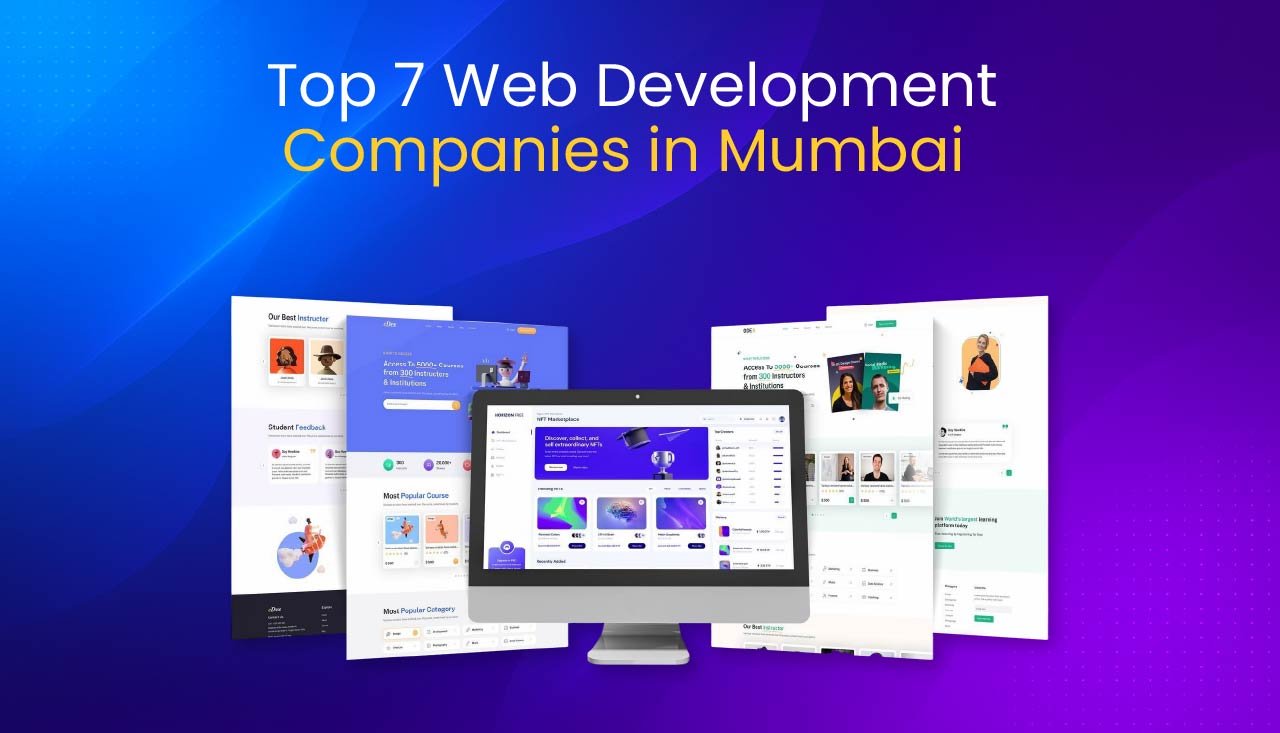Introduction:
In the ever-evolving digital landscape, Google Ads has become a powerful tool for businesses to promote their products and services. This article aims to guide beginners through the process of setting up and running effective Google Ads campaigns to maximize their online presence and achieve business goals.
1. Understanding Google Ads:
Begin your article by explaining what Google Ads is and its significance in online advertising. Highlight how it allows businesses to display ads on Google’s search engine results and partner websites.
2. Setting Objectives:
Before diving into the Google Ads platform, emphasize the importance of defining clear objectives. Whether it’s increasing website traffic, generating leads, or boosting sales, having specific goals will guide the entire advertising strategy.
3. Creating a Google Ads Account:
Provide step-by-step instructions on how to create a Google Ads account. Include details on choosing the right account type, entering essential information, and configuring account settings.
4. Keyword Research:
Explain the critical role of keywords in Google Ads. Guide readers on how to conduct keyword research to identify relevant and high-performing keywords for their campaigns.
5. Campaign and Ad Group Setup:
Break down the process of creating a campaign and organizing it into ad groups. Explain how to set budgets, select targeting options, and structure ad groups based on thematic relevance.
6. Crafting Compelling Ads:
Offer tips on writing attention-grabbing ad copy. Emphasize the importance of creating ads that are clear, concise, and relevant to the selected keywords and target audience.
7. Utilizing Ad Extensions:
Highlight the benefits of using ad extensions to provide additional information and encourage user engagement. Walk readers through the process of adding site links, callouts, and other extensions.
8. Implementing Conversion Tracking:
Explain the significance of conversion tracking and how it helps measure the success of ad campaigns. Guide readers on how to set up conversion tracking to monitor desired actions on their websites.
9. Monitoring and Optimization:
Educate readers on the importance of continuous monitoring and optimization. Provide insights into analyzing campaign performance, adjusting bids, and making data-driven decisions to improve results.How to Run Google Ads Successfully?
10. Adapting to Changes in Google Ads:
Briefly discuss how Google Ads evolves, and the importance of staying updated with new features and best practices. Encourage readers to adapt their strategies accordingly.
For Website Service Click this photo

Conclusion:
Summarize the key points covered in the article, reinforcing the idea that running successful Google Ads campaigns is an ongoing process that requires strategic planning, continuous monitoring, and adaptation to changes in the digital landscape.
FAQ: Running Google Ads
Q1: How much does it cost to run Google Ads? A1: The cost of running Google Ads varies based on factors like your industry, competition, and chosen keywords. You set your budget, and you only pay when someone clicks on your ad (Cost Per Click or CPC).
Q2: How can I ensure my ads reach the right audience? A2: Targeting is crucial. Use audience targeting options such as demographics, location, interests, and keywords to refine your audience. Regularly monitor and adjust your targeting settings based on campaign performance.
Q3: How do I know if my Google Ads are working? A3: Utilize Google Ads analytics and conversion tracking. Monitor metrics such as click-through rate (CTR), conversion rate, and return on ad spend (ROAS) to evaluate performance. Regularly review and adjust your strategy based on these insights.
Q4: Can I run Google Ads for a local business? A4: Absolutely! Google Ads allows you to target local customers effectively. Use location targeting, local keywords, and Google My Business integration to maximize visibility for your local audience.
Q5: How often should I update my Google Ads campaigns? A5: Regular monitoring is key. Check your campaigns at least weekly, adjusting bids, refining ad copy, and optimizing keywords based on performance. Stay informed about industry trends and Google Ads updates for long-term success.
Q6: Are there any common mistakes to avoid when running Google Ads? A6: Yes, common mistakes include neglecting keyword research, not optimizing ad copy, ignoring analytics, and not staying updated with Google Ads policies. Regularly audit your campaigns to avoid these pitfalls.
Q7: Can I run Google Ads without a website? A7: While having a website enhances your ability to provide detailed information, you can use Google Ads to promote a phone number or a physical location. However, a well-optimized landing page often improves campaign effectiveness.
Q8: What’s the difference between Google Ads and SEO? A8: Google Ads is a paid advertising platform, while SEO (Search Engine Optimization) involves optimizing your website to rank organically in search results. Both are valuable for online visibility, and a balanced approach often yields the best results.
Q9: Can I run Google Ads for an e-commerce store? A9: Absolutely. Google Ads can significantly boost e-commerce sales. Use shopping ads, highlight promotions, and leverage ad extensions to showcase your products effectively.
Q10: Is there a minimum budget requirement for Google Ads? A10: Google Ads is flexible, and there’s no strict minimum budget. You can start with a small budget and scale up as you see results. The key is to set a budget that aligns with your goals and allows for effective testing and optimization.





